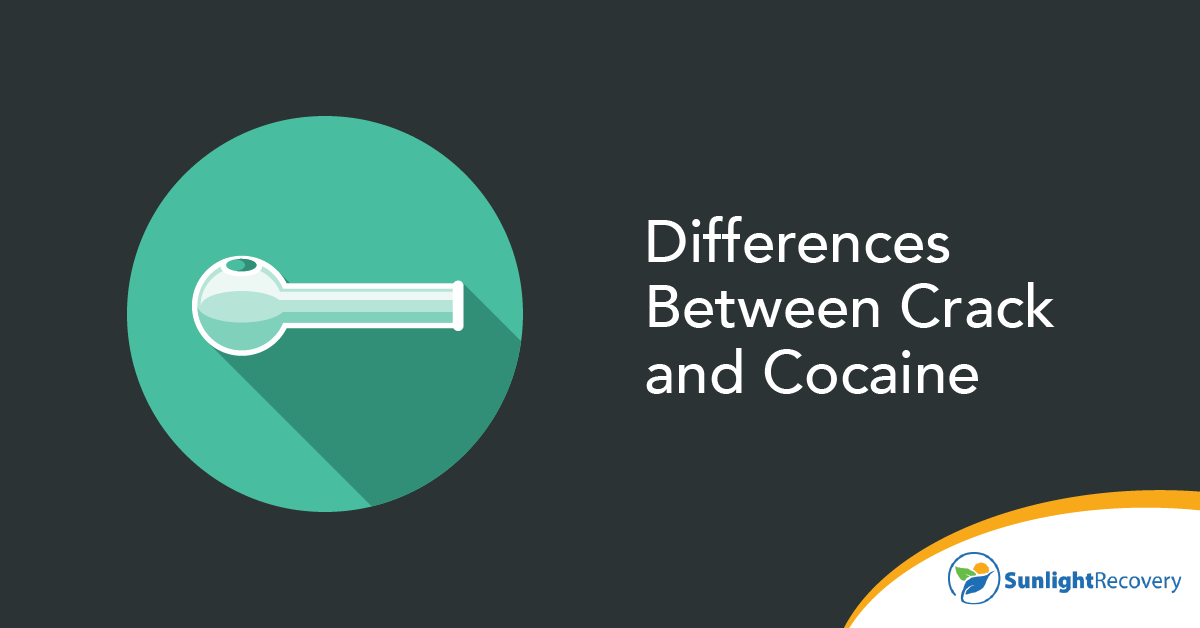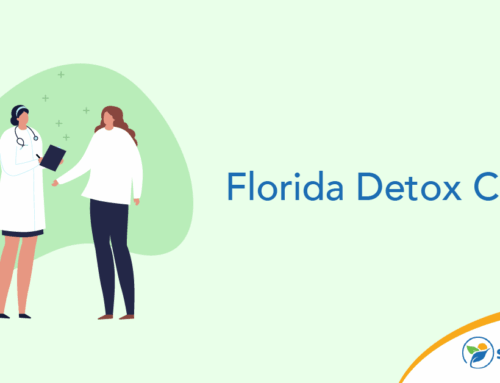When exploring the basics of crack vs. cocaine, they mainly differ in composition, how they’re used and the side effects. Cocaine is usually a powder that’s snorted or dissolved and injected. Crack is a rock-like substance that’s smoked. Crack is more intense and has immediate effects, while a cocaine high tends to last longer. Both types of drugs are illegal and can cause a wide range of health problems, including heart and respiratory distress and neurological issues. In spite of the dangers, approximately 22 million individuals worldwide report using cocaine. This article covers the stimulant drug differences, how they’re made, the short- and long-term effects and the most common treatment options for cocaine and crack addiction.
Chemical Differences: How Cocaine and Crack Are Made
Crack and cocaine are two forms of the same stimulant. They’re both made from coca leaves, which are found in South America. Highly addictive, cocaine is a street drug most often used to achieve a high. The steps it takes to make each are different.
- Cocaine
Coca leaves are harvested and processed to remove the active alkaloid. The alkaloid is made into a paste, which is then combined with hydrochloric acid to form a powder or cocaine hydrochloride. - Crack
Crack is formed by dissolving the powder form of cocaine in water and mixing it with ammonia or baking soda. This mixture is heated, which causes it to turn into a solid. When cocaine is in solid form, it absorbs into the bloodstream at a much faster rate, which delivers a more intense high.
Methods of Use: Comparing Consumption Styles
The way users take crack and cocaine is very different. The method affects the level of intensity and its effects.
- Cocaine
Cocaine is a white crystalline powder inhaled through the nose. After inhaling, the powder gets absorbed through the nasal tissues and moves into the bloodstream. The powder can also be dissolved in water and injected. It takes several minutes for the effects of cocaine to kick in, and the high lasts approximately 15 to 30 minutes, depending on how much was used. Users sometimes binge on the drug multiple times to prolong the effects. Binging increases the risk of overdose and dependency. - Crack
Crack is smoked, which delivers large amounts of the drug into the lungs in a short amount of time. Smoking provides an almost immediate high that lasts about 15 minutes. The quick high is usually followed by an immediate crash, which leads users to binge.
Health Effects: How Crack vs. Cocaine Differ in Impact
Using crack or cocaine can have a wide variety of short-term and long-term effects. These effects can vary in intensity depending on how long you’ve been using and how much you use at one time. The following are some of the most common.
Short-Term Effects
Cocaine
- Euphoria. One of the most common effects of cocaine use is euphoria. Users feel energetic and happy.
- Dilated pupils. A short-term physical side effect includes dilated pupils.
- Increased heart rate and blood pressure. Cocaine use often leads to a cardiac episode, which can be very dangerous for those with preexisting heart conditions.
- Paranoia and anxiety. Some users report feeling paranoid or anxious after using.
- Changes in appetite. Cocaine use can cause a decrease in appetite, resulting in weight loss with repeated use.
Crack
- Intense euphoria. The reported high of crack use is stronger than that of cocaine use. It also occurs quickly.
- Increased heart rate. Crack can cause heart events that are similar to the ones experienced with cocaine use.
- Aggression. Users may become aggressive and seem combative.
- Cravings. Using causes intense cravings for the drug almost immediately, which increases the potential for abuse and addiction.
Long-Term Effects
Cocaine
- Addiction. Cocaine is a highly addictive drug. Long-term use can lead to dependency.
- Heart problems. Using cocaine for a long period increases your risk of heart attack and arrhythmia.
- Respiratory issues. Snorting cocaine can damage the tissues in your nose and cause problems with your lungs.
- Neurological effects. Long-term cocaine use can result in seizures and headaches.
- Mental health problems. Cocaine users often struggle with anxiety, depression and paranoia.
Crack
- Addiction. Just like cocaine, crack is addictive with long-term use.
- Respiratory damage. Smoking crack can cause damage to sensitive respiratory tissues.
- Heart problems. Smoking crack can increase your risk of stroke and other heart-related issues.
- Cognitive decline. Long-term use can lead to memory problems.
- Mental health issues. Chronic use can increase symptoms of mental illness, including the occurrence of hallucinations and paranoia.
Addiction and Recovery: Approaches to Treating Cocaine and Crack Dependence
The approaches to crack vs. cocaine addiction treatment are the same. Both require a treatment option that addresses the psychological and physical aspects of addiction. Success often requires multiple treatment options.
- Cognitive behavioral therapy (CBT). Also referred to as talk therapy, CBT helps you identify the underlying cause of addiction and offers ways to change your behavior.
- Medication. Several medications have been approved to alleviate withdrawal cravings from crack and cocaine addiction, including topiramate and disulfiram.
- Support groups. Support groups, such as Cocaine Anonymous (CA), provide peer support for addiction. Regular meetings give those struggling with addiction a chance to talk to one another and share experiences. Support groups can also help addicts maintain their sobriety.
- Inpatient or outpatient treatment programs. Inpatient treatment offers 24-hour care in a structured environment, while outpatient treatment allows individuals to return home each night while receiving care during the day. Both programs provide therapy sessions and support groups.
- Dual-diagnosis treatment. Some individuals struggling with drug addiction also need help with a mental health disorder. Dual-diagnosis treatment addresses both issues, which can improve the success rate.
- Holistic therapy. Natural treatment methods, such as yoga, meditation, massage and acupuncture, can reduce stress and improve your chances of recovery.
- Aftercare. Aftercare can last several months, years or even a lifetime. Aftercare programs offer support and continued therapy to prevent relapses.
Get Help With Addiction
If the effects of cocaine use have taken over your life and you want to gain control, contact Sunlight Recovery to speak to one of our counselors. We can help you explore your treatment options today.







